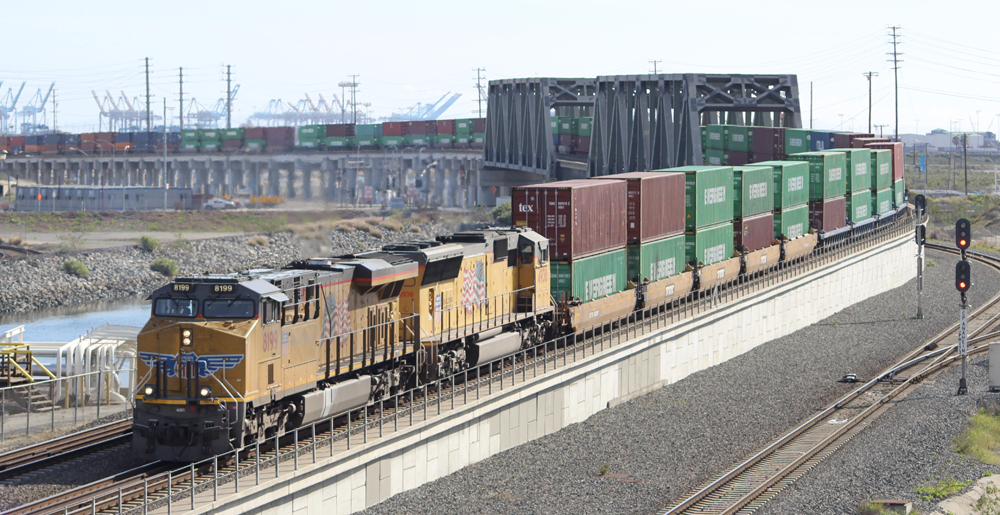
OMAHA, Neb. – Union Pacific has lowered its financial expectations for this year in light of rising fuel prices, inflation, and the impact of its sluggish operations.
It’s now unlikely that UP will reach an operating ratio of around 55% for the year, Chief Financial Officer Jennifer Hamann told an investor conference on Tuesday. UP still expects its operating ratio to improve from last year’s 57.2, however.
UP paid an average of $4 per gallon of diesel fuel in April – a record for the railroad – and fuel costs have only continued to rise since then, Hamann says. Inflation is raising UP’s other costs, as well. And the crew shortages that have bogged down UP’s network have further raised costs.
“These headwinds also pressure our incremental margins, which are now likely to be below our original forecast of mid 60%,” Hamann says.
UP still expects full-year volume growth above the rate of industrial production, Hamann says.
But due to crew shortages and related congestion, UP has been unable to fully meet strong freight demand, says Kenny Rocker, UP’s executive vice president of marketing and sales. The railroad is only handling about 70% of coal shipments that want to move from the Powder River Basin in Wyoming to power plants, for example.
Although UP in April proposed limiting the traffic of some customers as a way to reduce congestion, no shippers faced embargoes, Rocker says. Instead, UP was able to work with shippers to reduce the number of active cars on the network, he says.
For the second quarter to date, UP’s traffic is down 2% compared to last year. Bulk traffic is down 1%, industrial products are up 4%, and premium traffic – which includes intermodal and automotive business – is down 6%, due mostly to a drop in international intermodal traffic.
Hamann and Rocker spoke at the UBS Global Industrials and Transportation Conference.






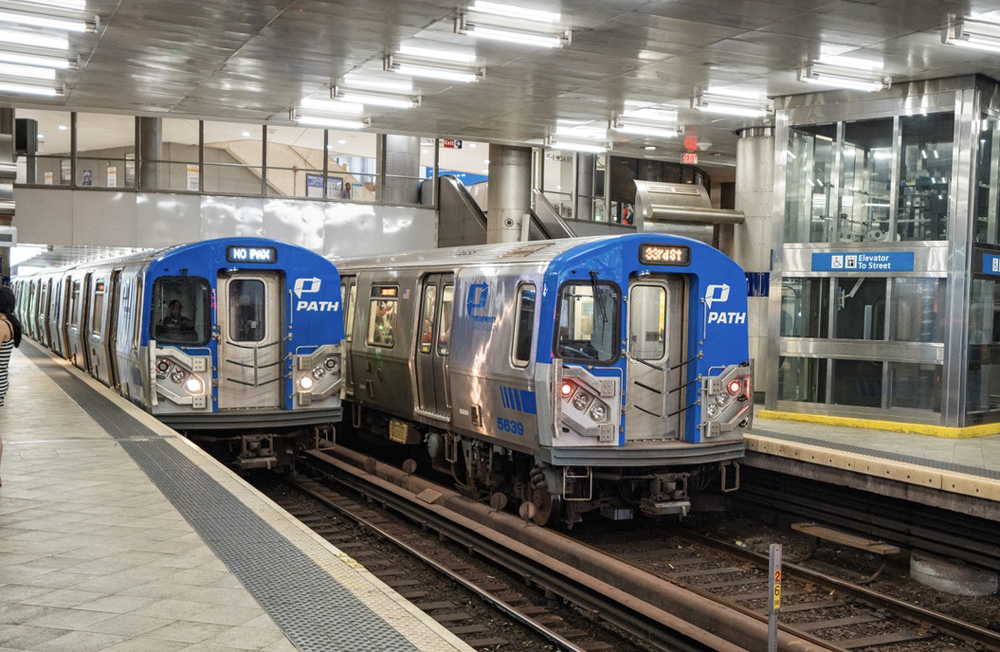
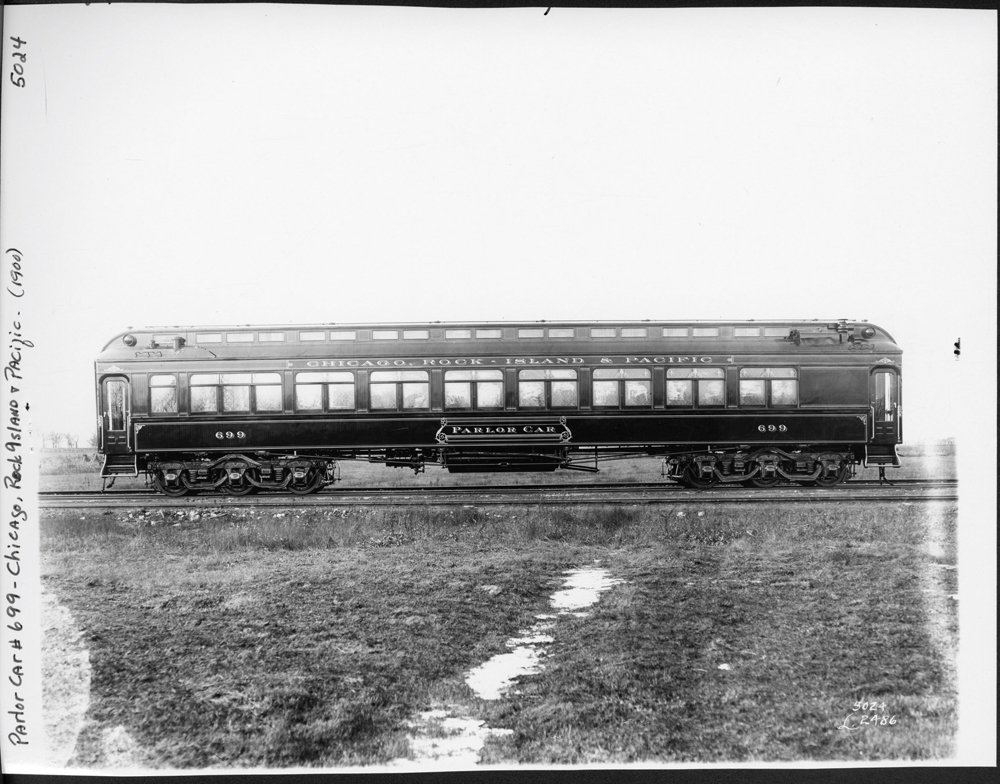
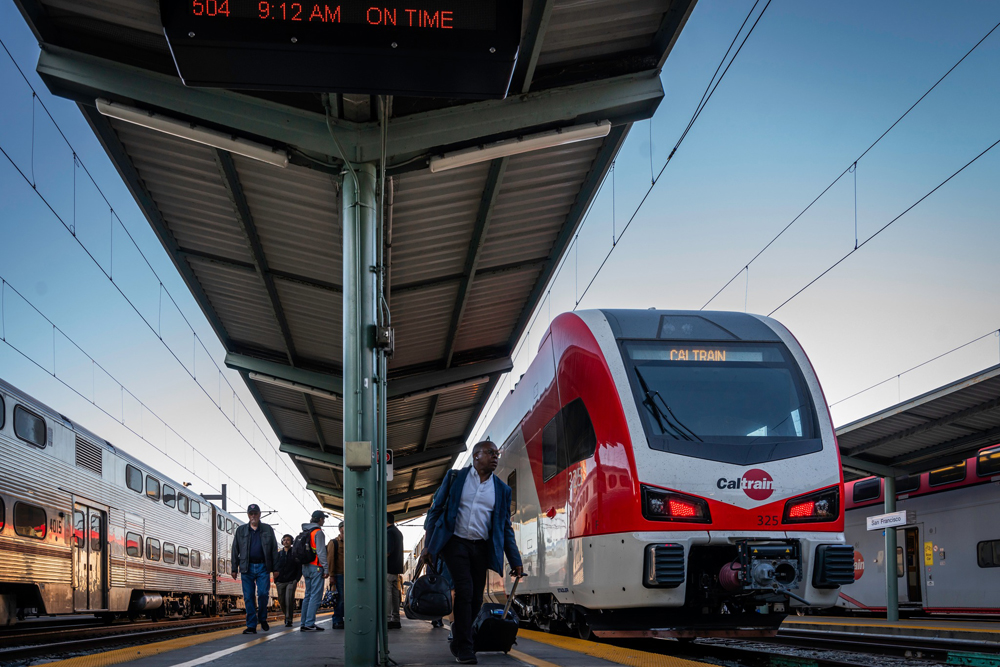
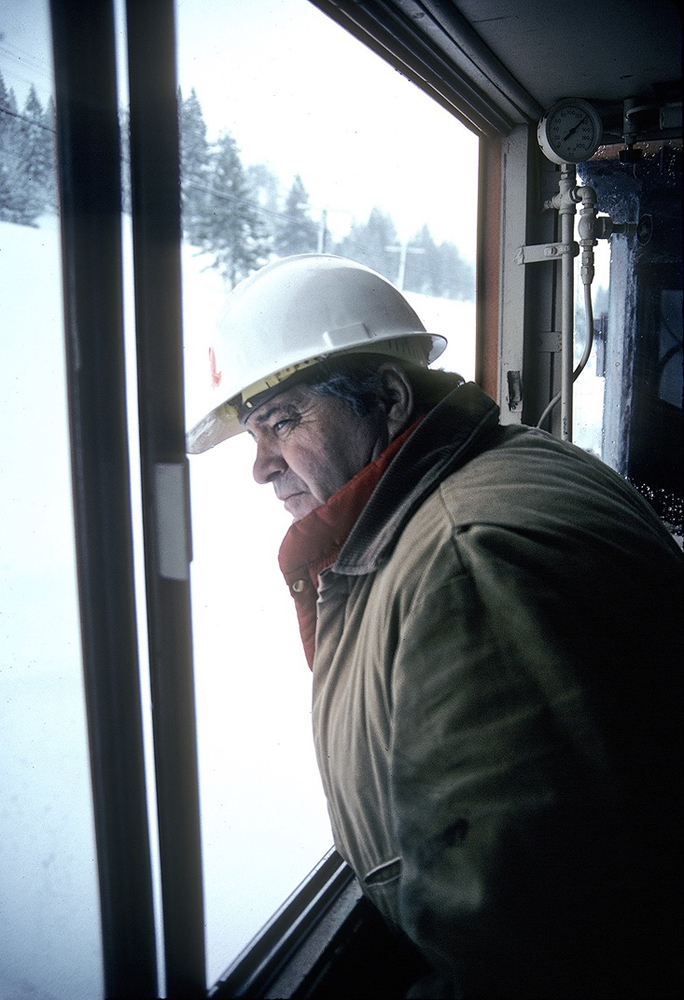




UP = “Unlimited Parking” (of un crewed / “Hoglawed” freight trains?)
Perhaps I’m missing something, but I thought coal volumes out of the Powder River Basin are way down from previous peaks (7+years ago?). Thus it seems surprising they (UP) are only able to handle “70%” of the volume of coal they are supposed to move out of the PRB? This sounds really bad (unless I’m missing something in the details?).
Yes, maybe time to stop focusing like a laser on the OR performance figure and figure out how to get more trains crews and get their trains moving. Or the STB and the feds might be coming after them sooner than they know ….
“Headwinds.” These poor railroads. I hope the shareholders are gonna be OK [/sarcasm.]
Que the inflated “fuel surcharges.”
Blame the crews after management furloughed 1/3 of the workforce.
I believe the bridge mentioned by J Robert Wayman is in Sandpoint, Idaho over Lake Pend Oreille, which is currently a bottleneck on the Kootenai River Subdivision.
There’s another thread on this site that the RR unions are requesting arbitration in their negotiations which have gone nowhere in some years.
And Class 1’s are complaining people are refusing to take RR operating jobs at the current wages and working conditions.
Meanwhile Walmart has raised their drivers’ pay in order to keep their merchandise moving. They’re a retailer and sell stuff; customers expect it to be timely delivered.
https://youtu.be/VHE9vSty9N0
Watch Burkhart’s testimony at the STB hearing; you’ll learn a lot about “crew shortages”, and why they won’t be going away any time soon.
More employee cuts???
I wish th.ey would remember what is important, and that is the Customer, then the employees, then the shareholders. As a shareholder, without the first two, I get nothing. My stock is still up to twice what I bought it for but without growing the business, it will not grow like it should. Buybacks are like eating your seed corn. BNSF is increasing its capacity by closing gaps in its double track main and adding an expensive bridge in Washington state to improve its capacity. Meanwhile UP slows down the addition of longer sidings on its sunset route.
But what is ever more spectacular is BNSF’s acquisition of the former MRL. This restores the entire former NPRR main line to BNSF direct ownership. Imagine if BNSF does to the MRL route what they did to Abo Canyon? And Billings/Laurel now becomes the new key to the puzzle. Former CBQ connections down into Wyoming and Nebraska now have excess capacity with the downturn in PRB coal. Connect the dots here and BNSF now has a new main line network out of the PNW with direct high sped connections to virtually every major population center between Denver and Chicago as well as multiple main line routes between the PNW and Chicago.
Another railroad executive in denial. You can’t continue to race towards a zero OR and still stay in business.
Class 1’s need to stop blaming “crew shortages” as the culprit to all their failures. If they really want to fix “crew shortages” they know what needs to be done, including getting supervisors and management to roll up their sleeves, get dirty and get the job done. But alas they will continue to kicked the can down the road for the shareholders and blame the employees.